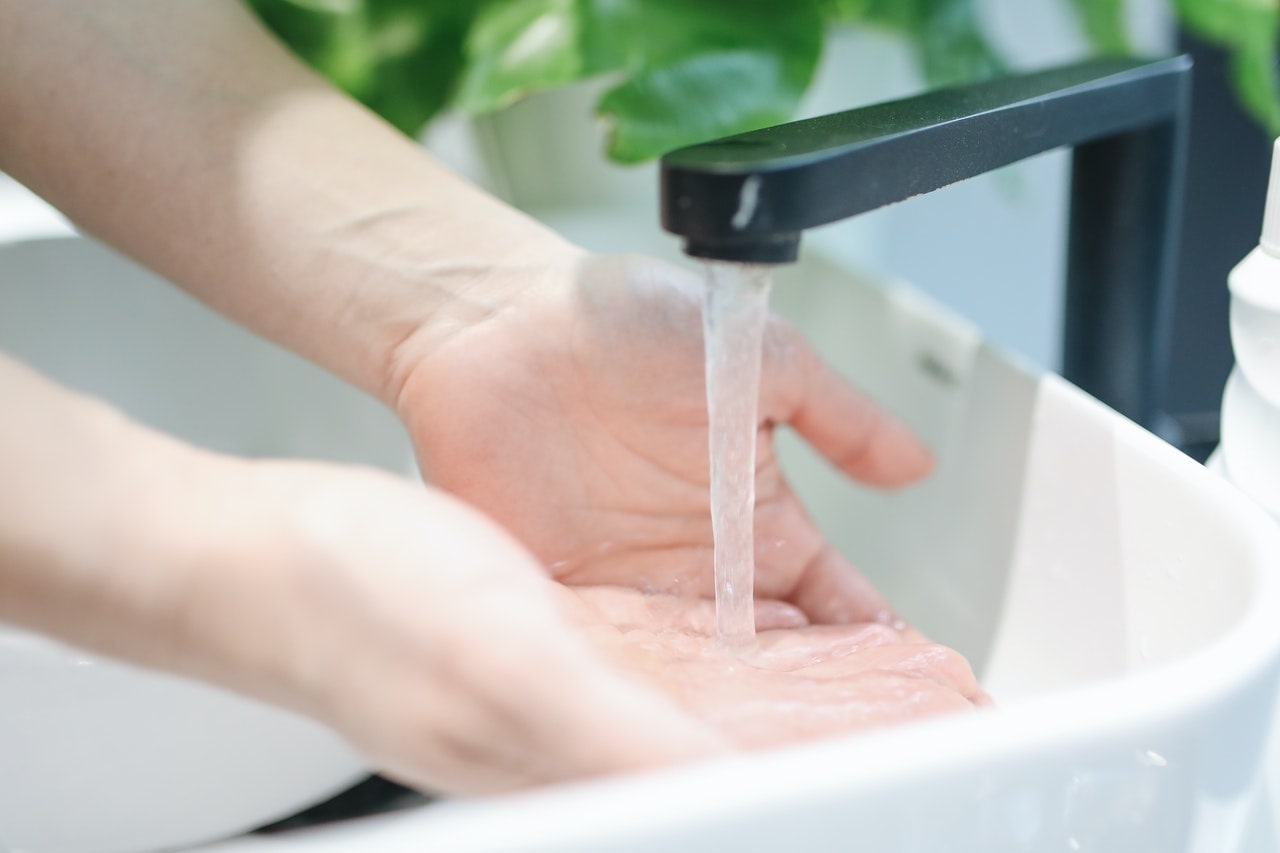
Photo by Polina Tankilevitch from Pexels
If you watch the news and follow what’s happening around the world, you know that the entire planet is experiencing issues with water. While western countries still have enough water, this might not be the case for much longer. To start saving up some water at home (and keep your wallet fuller), here are a few ideas to try out.
Keep your water cool in the fridge
When you need some refreshment in the summer, there’s nothing better than a cold glass of water. To avoid the temptation of letting the tap run until the cold water comes out, keep a jug of water in the fridge and reduce waste.
Take shorter showers
We all know that there’s nothing better than a long shower after a hard day outside, but don’t get too lost in your thoughts while the water flows. Try to limit your showers to under 6 minutes. You might think that your showers don’t waste too much water, but keep in mind that for every minute of showering, you’re spending around 9 liters of water, plus extra energy. And 5 minutes is more than enough to wash your hair, soap up and do some contemplating.
Save used water
Don’t let all the water that comes out of the faucet end up down the drain. For instance, while you shower, you can put a bucket in the cabin with you and watch as that bucket fills up in minutes. The water you collect can be used for watering your plants, flushing the toilet, washing the car, etc. The same thing goes for harvesting rainwater. Depending on where you live and where you place your container, a full barrel of rainwater can be collected in only a few hours. And you can use that water to irrigate your plants or lawn or wash your car.
Fix leaks and drips
Besides being super annoying, leaks and drips can waste a lot of water over time. Did you know that one dripping tap can waste as much as one liter of water per hour? That adds up to 168 liters a week or 720 liters a month. In countries struggling with water shortages like Australia, this is a tremendous waste. So make sure to call your trusted plumber from Northern Beaches to come and check out your fixtures and fix any leaks and drips quickly and efficiently.
Only run a full load
Dishwashers and washing machines are very practical and eco-friendly when it comes to water usage, however, they still require water to run. Therefore, it’s best to wait until you have a full load of clothing or dishes to run, and make sure to use an Eco setting before you start the program. When it comes to drying your clothes, you can save some precious energy by drying your clothes outside in the sun or inside on a drying rack.
Save money on landscaping
Keeping your lawn that artificial shade of green works only if you waste a lot of water on daily watering and plenty of fertilizing (both are bad for the ecosystem). Instead of planting regular grass, you can opt for alternatives like groundcover, clover, moss or even artificial turf. These require minimal maintenance, look absolutely stunning and you don’t have to waste water on keeping them green and soft. Investing in plants that grow locally in your area is also a good idea for your garden. These not only survive your weather conditions without too much help from you, but they also provide shelter and food for pollinators and little critters.
As you can see, you don’t need to change your daily habits too much to achieve great water savings at home. By tweaking your habits just a little and being mindful of your actions, you will save plenty of water and money and ensure a green and comfortable future for your kids.
Written by Diana Smith
About the Author
Diana Smith is a full time mum of two beautiful girls and is interested in sustainability, ecology and home improvement. She enjoys exercising and preparing healthy meals for her family. You can find her on Twitter here.
You may also like
5 Simple Eco-Friendly Changes to Make Around Your Home
5 Eco-Friendly Additions to Add to Your Bathroom
5 Ways to Save Energy and Become More Eco-Friendly
How to Conserve Water In Your Home
